- Best Entry Level VR Headsets - December 25, 2022
- VR Games on our Radar in 2023 - December 15, 2022
- Ashok Interview - December 1, 2022
VR is the videogame medium of the future. Yes, I know people are still calling it a gimmick and something that will never last with casual gamers, but think about it like this. Right now, VR is essentially in its Super Nintendo level of existence when compared to console games.
This is the infancy we are talking about here, and already, there are some truly mind-blowing VR experiences that exist today. For those that say the longevity isn’t there, well, then how do you explain me jumping into Skyrim VR almost weekly 5 years after its release?
I’ve been the most VR-ready person for a long time now, and when it comes to the future of VR, it all starts with the Sony PSVR2. The reason is that Sony consoles still dominate the flatscreen gaming industry, and when it first came out, the PSVR was the most popular headset by a large margin.
Since then, other headsets have comfortably eclipsed it with superior technology, but with the release of the PS5 comes the need to upgrade their VR suite, and they have done just that with the upcoming PSVR 2.
So what is it that we can expect from this headset of the future? Is it going to fully throw us into The Matrix, or is it going to be just another small step in the right direction towards where VR is eventually going to go? Let’s see what’s in store for us with the Sony PSVR 2.
Bottom Line Up Front
The PSVR 2 is coming in the next few months and has some of the best specs for a VR headset yet. It’s expected to be the next step in the evolution of the VR industry and is looking like it will live up to the hype.
The Controllers
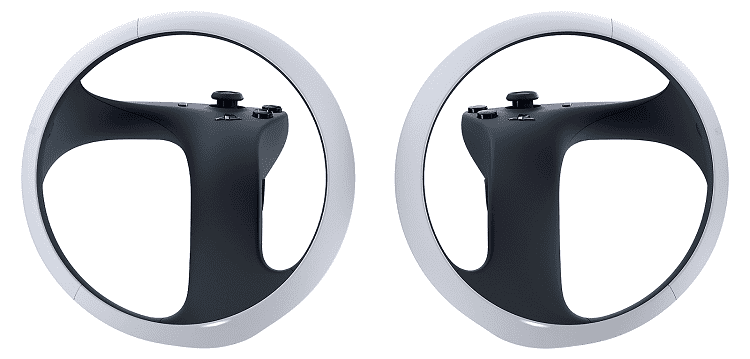
First of all, there is no beating around the bush when it comes to the PSVR controllers. They were atrocious, and that’s because instead of designing something new that a billion-dollar company like Sony is capable of, they instead, for some god-forsaken reason, decided to use the PS Move controllers from almost a decade ago. Why?
Who knows, but the result was a pair of controllers that were without an analog stick that required careful memorization of the buttons to just move around properly. Add to that the ancient technology that the PS Move used for tracking, and it was about as rocky a VR experience as you can get.
Now, we get the PSVR 2 controllers, and immediately, you can see how much better they look. The controllers appear to be modeled after some combo between what Oculus users have and what Valve Index users have, and it looks so much more comfortable and most importantly, it has analog sticks on both hands along with the other PlayStation buttons.
In addition to those features, the weight of the controller is significantly lighter than the PS Move controllers. This will allow for longer play sessions.
Another feature you might notice is that there is no longer a giant ball on the top of each controller that is used for tracking, and that’s because there is no longer a camera needed for tracking your movement.
Tracking
With the PSVR, you were required to stand pretty much directly in front of the PS camera that you would set up on a wall somewhere. If you moved anywhere outside of this space, tracking would fail completely, and you’d have to move back in order to keep playing.
It might sound like I’m being unfair to the PSVR, but don’t get me wrong, I was a big fan of it for the first two years I had it. Once I upgraded to a PCVR headset, though, I understood where it fell short.
The PSVR 2 will no longer face these issues because now, the headset will use an inside-out tracking system similar to the HP Reverb 2. What that means is you won’t be under the constriction of the terrible PS camera anymore and instead have basically free roam wherever you’re playing.
How this will work for the PS5 is likely the same way it works on the PCVR headsets. You will draw your play area, and that will be where you can exist in the VR space. It’s nothing groundbreaking, but it’s at least up to standard with what you can get on the best PCVR headsets out there.
You will still be wired to some sort of device, whether it’s directly into the PS5 or a separate box like the current PSVR as you do. The wire will likely have some length to it and extension capabilities for larger play areas, so that’s a big move up from the relatively short leash you’ve got when it comes to the current PSVR
Lens and Resolution
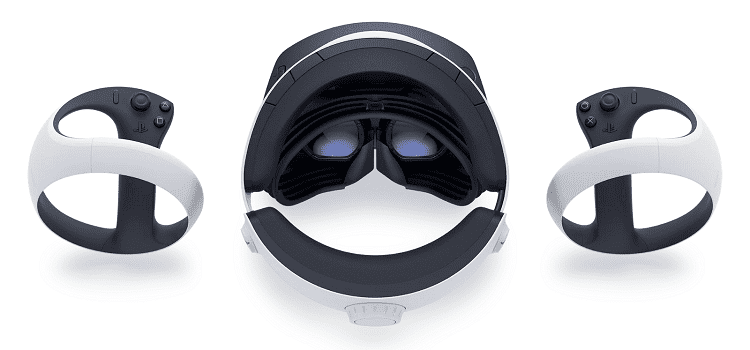
The lens of a VR headset is incredibly important as its responsible for how clear the image on the screen is. With the PSVR 2, we are getting a fresnel lens. That might sound like technical jargon, but the one thing you need to know about it is that it means you won’t be dealing with god rays anymore.
These are sometimes odd-looking cones of light that you’ll see while playing games, and it’s the one big drawback to the fresnel lens that many VR headsets currently use. Whether this will lead to a better overall image remains to be seen, but it will at the very least get rid of the pesky god rays that tend to bother so many VR gamers.
In addition to the god rays, people often site nonfresnel lenses as a distraction from being immersed in a VR world. It’s the sensation that there is clearly glass between you and the world you’re supposed to be in. With the fresnel lens, you will feel that wall come down, and it will feel much closer to actually being in the world.
Resolution-wise, we are getting a massive upgrade from the PSVR with 2000x 2040 resolution and OLED screens compared to the 960×1080 resolution of the PSVR. The most important thing to take note of here is the OLED screens.
Currently, I use a Samsung Odyssey Plus headset that has OLED screens, and the immediate thing that jumps out compared to my other headsets is the color.
OLED has the purest and most accurate colors of any headset, including the Valve Index, and the blacks for space and nighttime are as pure as you can get in VR. You’ll also have a 110-degree field of view compared to the 100-degree one of old.
This is probably the weakest innovation of the PSVR 2 as there are headsets much older with a far bigger field of view, but if the visuals are good enough, it won’t matter all that much.
The biggest thing to take note of here is that it will feature HDR. HDR is found in many games and TVs today, and it offers a more accurate and deep color palette.
This means that blues will be more varied, and things like skies and water will come across as more realistic as well. It’s not for certain whether this is going to be a selectable feature or something that’s just integrated with the system itself.
IPD Adjustment
One of the biggest factors of your visual experience in VR is finding your IPD distance. This is the distance that your eyes are apart from each other, and it can make a massive difference in whether you see a blurry image or not.
With the PSVR, you were unable to change the IPD except for in the system itself, and it’s the understatement of the century to tell you this was a less than an accurate way of adjusting this.
With the PSVR 2, you will be able to adjust the lens distance physically, which should give plenty of options for people with IPDs of all sizes. This works well sometimes but struggles with others, such as with the IPD adjustment of the Oculus Quest 2, which only offers three distances.
One way to counter this is by buying prescription VR lenses, but that’s a third-party method and not something that they’ll likely publically support anyway. There is no word yet on how many options it’s going to have, but having any options is better than the system the original PSVR went with.
Headphones
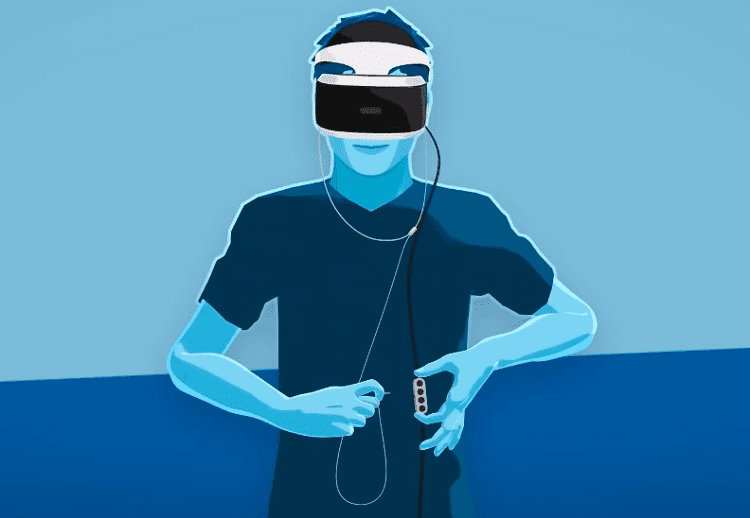
For some reason, Sony does not enjoy making headphones. I can’t tell you why, but the sad excuse for headphones that the PSVR came with is likely getting a redo here as it will once again have an audio jack for you to use and plug whatever headphones you have into them.
There is no word on whether they’re going to make actually usable headphones this time around, but seeing as the release date is likely coming soon, the chances are that we’re just on our own again.
Haptics
This one is pretty interesting because everyone knows about the haptic feedback in VR controllers, but how about the headset itself? The PSVR 2 is listed as having haptics in the headset, which to me is a bit of a strange idea. Does that mean the headset will rumble if you take a headshot in a game or get hit with something?
Haptic feedback devices have existed for some time now, such as the haptic vests and whatnot, but having this on your actual head seems like a bit much. While it hasn’t been confirmed exactly what this is going to mean for games, it’s definitely a feature worth paying attention to.
The haptic feedback from the PS Moves was definitely weaker than expected, so they went back to the drawing board here and are trying to emulate something similar to the excellent feed that the Oculus Quest 2 controllers can provide.
The way the grips are set up here means you’ll feel the vibration through your entire hand, which will go a long way towards providing immersion in the VR world.
Microphone
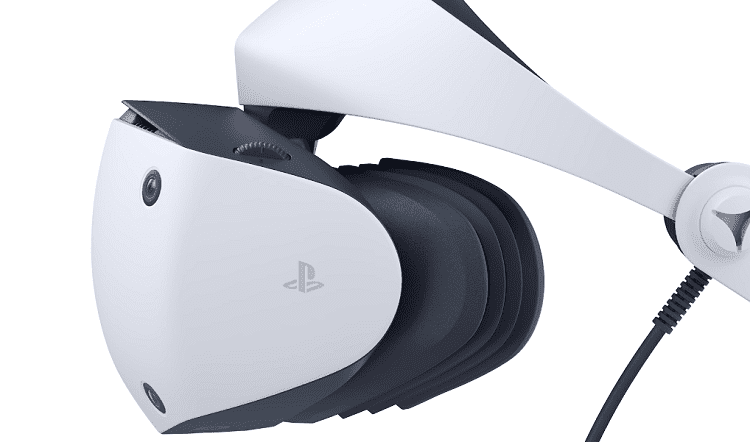
Luckily, the PSVR 2 will come equipped with a microphone in the headset, so there will be no need to be a separate one here. The microphone has no been elaborated on yet, but it seems like it will be integrated into the headset itself and will work by just talking as you normally would.
As games get more advanced in the VR landscape, your voice will become more and more present in the games, so this was a needed addition.
The quality of the microphone is unknown, but it should be up to par with the best on the VR market currently. I’ve often run into issues with some games and microphone usage, so problems in that area usually are reserved for specific games and not the technology behind them.
See-Through Feature
One of the best features of the PSVR 2 that the original lacked is the ability to see your actual surroundings while wearing the headset. PCVR headsets had this accessible through the Flashlight feature, but PSVR was without this.
Now, you can just press a button on the headset and see your surrounding area. You can do this at any time while playing, which should prevent people from injuring themselves while playing PSVR 2.
Broadcast Option
For streamers, VR is pretty much an untapped goldmine, and PSVR 2 will offer more people the ability to broadcast while they’re playing. You will need a PS5 HD Camera in order to do this, but once it’s hooked up, you’ll get to show yourself in VR and broadcast it live for the first time in a PSVR headset.
Set Your Play Area
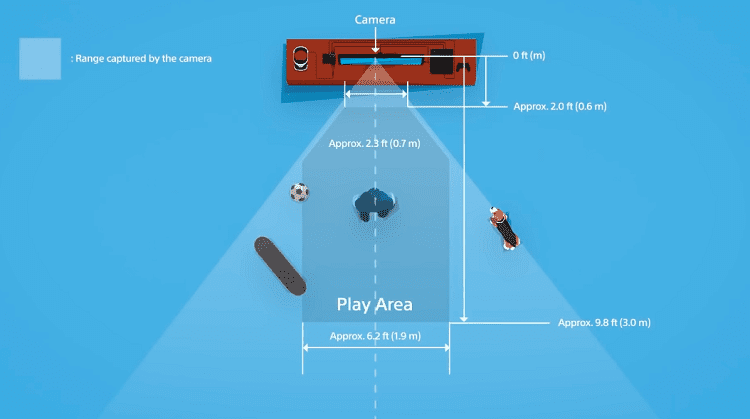
This one is huge. The PSVR didn’t need this option because you pretty much were restricted to the small space that the camera could track.
Now, you will set your play area during the first time setup, and you can customize it with your controllers at any time. This will let you create a custom area that will show you the boundaries when you get too close.
Some players that play standing still won’t get much use out of it, but for the ones with bigger play areas available to them, this will be an awesome feature. It’s not changing the VR landscape as every PCVR headset has this feature currently, but it’s good to see Sony implementing this as well.
Cinematic Mode
Believe it or not, VR users don’t just use the headset to play games. You can also use it to watch TV and movies or even play your favorite flatscreen games with a controller in front of a massive digital theatre screen.
With the PSVR 2, you can do that with the Cinematic Mode. It comes equipped with 4000x 2040 HDR video, so you can expect everything to look fantastic.
In addition to that, it’s been reported that there will also be a 120 Hz frame rate on display, which could very well be better than the TV you normally play your PS5 on and could prove to be an upgrade at the price of having to wear a headset while you watch or play.
How Much Will It Cost?
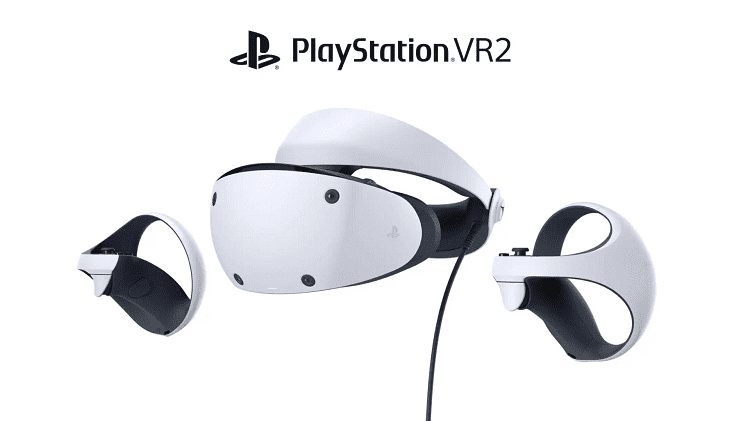
There has been no price point released yet on what the PSVR 2 will cost, but seeing as the first one was the highest-selling VR headset ever when it launched, it’s assumed that Sony will stick to a similar price point for this one.
It’s been rumored that it will launch at a retail price of $399, but there is the possibility that it goes all the way to $499 because of it being on the PS5.
FAQs
Question: When is PSVR 2 Coming Out?
Answer: There is no official release date yet, but Sony has promised in the coming days, we will have a definitive date as well as the launch titles that will come with it as well. We are assuming it will be during the holiday season in 2022.
Question: Is PSVR 2 Wired?
Answer: Yes, PSVR 2 will be hooked up to the PS5 but will have a longer cable than the PSVR did.
Question: Will PSVR 2 Have Bundles?
Answer: Sony is likely going to have a handful of PSVR 2 bundles available, much like they did with the PSVR when it was first released. What will be included in these bundles is anybody’s guess right now.
Conclusion
Although we don’t have the release date yet, we know the PSVR 2 is coming at us fast and should be the next step in the evolution of the VR industry. It’s got all the bells and whistles the PCVR headsets have and more. It should be an epic addition to the VR landscape when comes out, and I hope you’re as excited as I am.
Continue reading:

